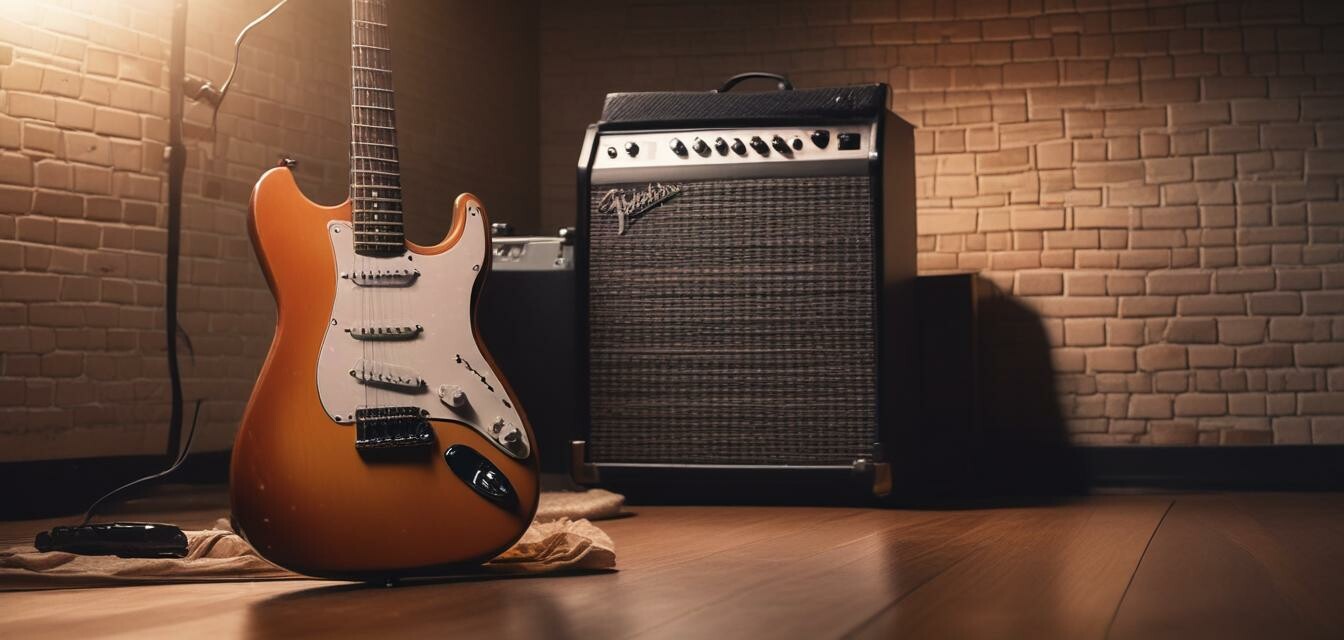
Tips for playing guitar in a band with Fender models
Key Takeaways
- Understanding the dynamics of playing in a band is essential for success.
- Fender guitars offer adaptability for various musical styles.
- Collaboration with other band members enhances the overall sound.
- Regular maintenance of your Fender guitar is crucial for best performance.
- Practicing with your band helps improve timing and coordination.
Playing guitar in a band can be an exhilarating experience, especially when you're using a Fender guitar known for its rich tone and versatility. Collaboration and communication with other musicians is key to creating harmonious music. In this article, we will provide practical tips for playing guitar in a band, focusing on how to leverage the unique qualities of Fender models to elevate your performance.
Understanding your Fender guitar
Before diving into band dynamics, it's important to have a solid understanding of your instrument. Familiarize yourself with the specific features of your Fender guitar:
| Feature | Description |
|---|---|
| Pickups | Different types such as single-coil or humbucker that influence sound. |
| Neck Profile | Affects playability, particularly during solos. |
| Body Style | Impacts the resonance and volume of the guitar. |
| Electronics | Understanding tone and volume knobs for tonal adjustments. |
Practice makes perfect
Regular practice with your band is vital. Here are some effective ways to maximize your practice sessions:
- Schedule regular band rehearsals to ensure everyone is aligned.
- Work on your timing: Use metronomes or backing tracks to stay in sync.
- Focus on sections that are challenging for all band members.
- Record your sessions to identify areas for improvement.
Collaboration with other musicians
Playing in a band involves collaboration and compromise. Here are some tips for effective collaboration:
- Communicate openly: Share your ideas and listen to feedback.
- Respect roles: Understand your place and contribution in the band.
- Be adaptable: Adjust your playing style when needed to fit the overall sound.
Tone Matching
When playing with others, it’s important to match your tone to the band's requirements. Here are some tips:
- Experiment with amp settings and effects pedals to find a suitable tone.
- Create a sonic space for your Fender guitar so it doesn’t overpower others.
- Listen to how your sound blends during rehearsals and make adjustments as needed.
Maintenance of your Fender guitar
To ensure your Fender guitar performs at its best during band performances, proper maintenance is crucial:
| Maintenance Task | Frequency | Purpose |
|---|---|---|
| Strings Replacement | Every 1-2 weeks | Maintains sound quality and playability. |
| Fretboard Cleaning | Once a month | Removes grime to improve longevity. |
| Professional Setup | Once a year | Ensures optimal action and intonation. |
| Check Electronics | As needed | Fix any malfunctions for uninterrupted performance. |
Conclusion
Playing guitar in a band with Fender models can lead to some incredible musical experiences. By understanding your guitar, collaborating with your bandmates, and maintaining your instrument, you'll be well on your path to success. Don't forget to leverage the versatility of your Fender guitar to fit your musical style. For more tips on playing and maintaining your instrument, check out our Expert Tips section.
Beginner tips for playing in a band
- Start with basic chords and rhythms.
- Develop a comfortable posture while playing to avoid fatigue.
- Use simple scales to build your confidence during solos.
Pros
- Fender guitars are versatile for various genres.
- Excellent build quality ensures durability.
- Wide range of accessories available to enhance performance.
Cons
- Some Fender models may require frequent maintenance.
- Higher price point compared to other brands.
For additional insights on guitar playing and gear, feel free to explore our other categories like Fender Electric Guitars or News and Trends.